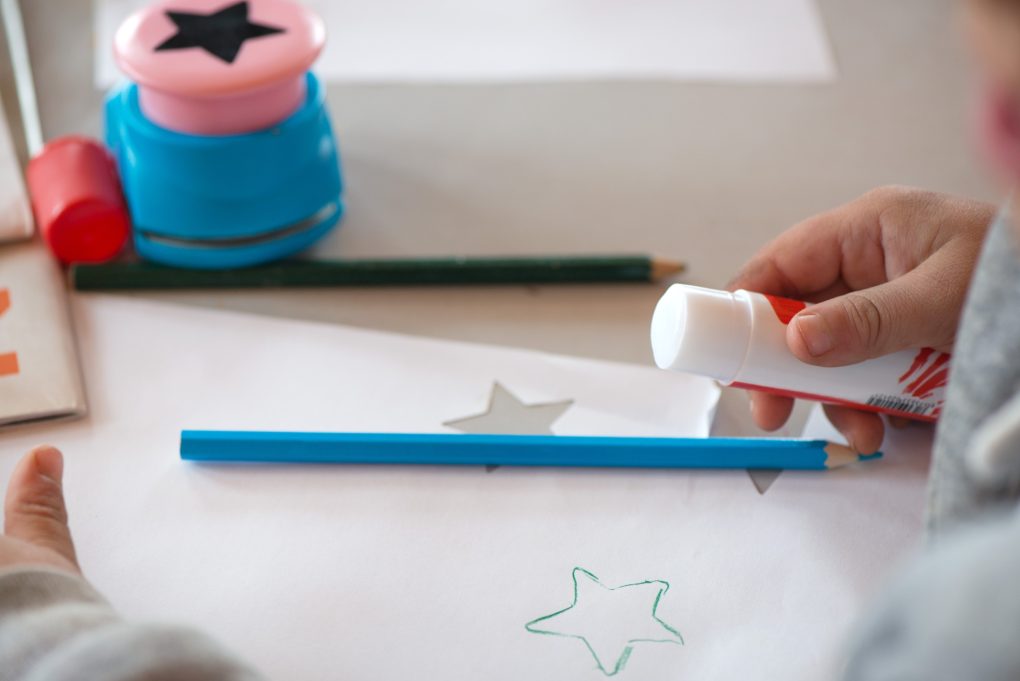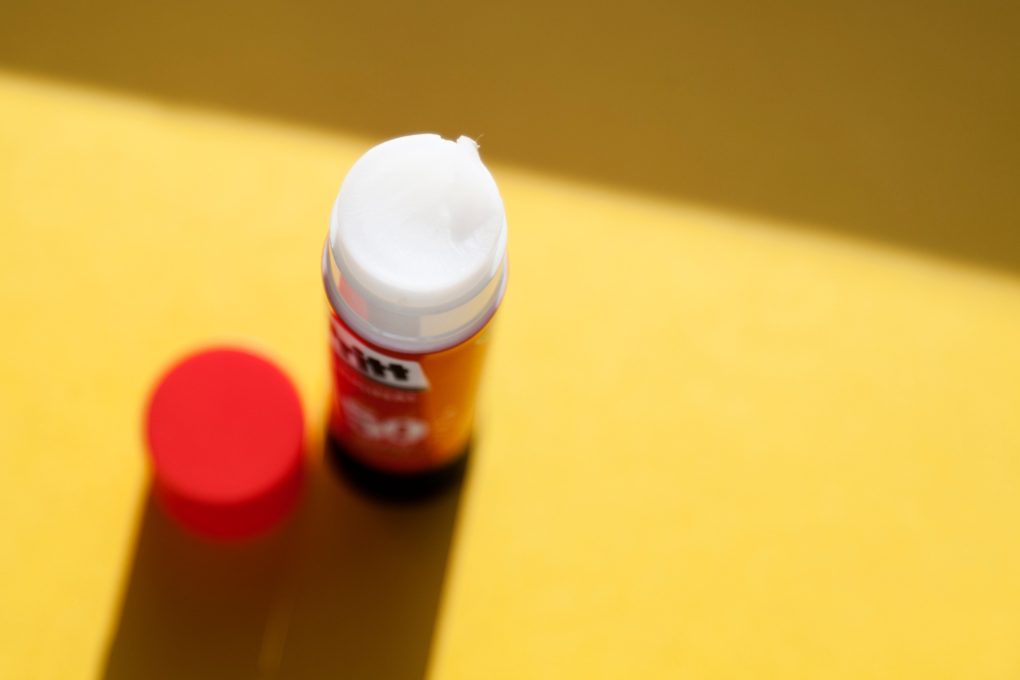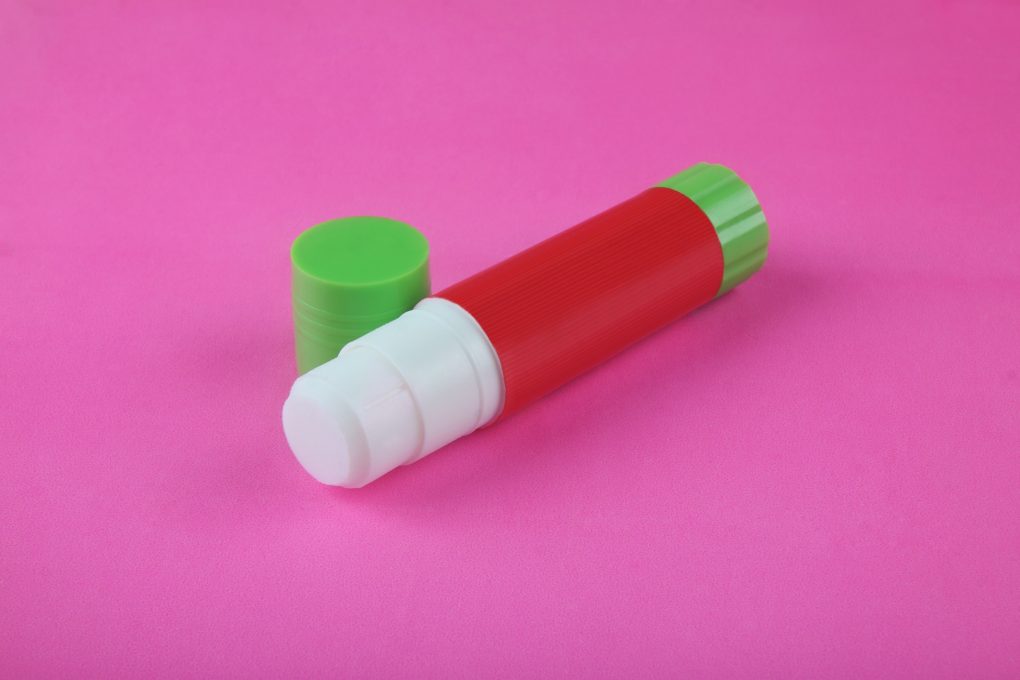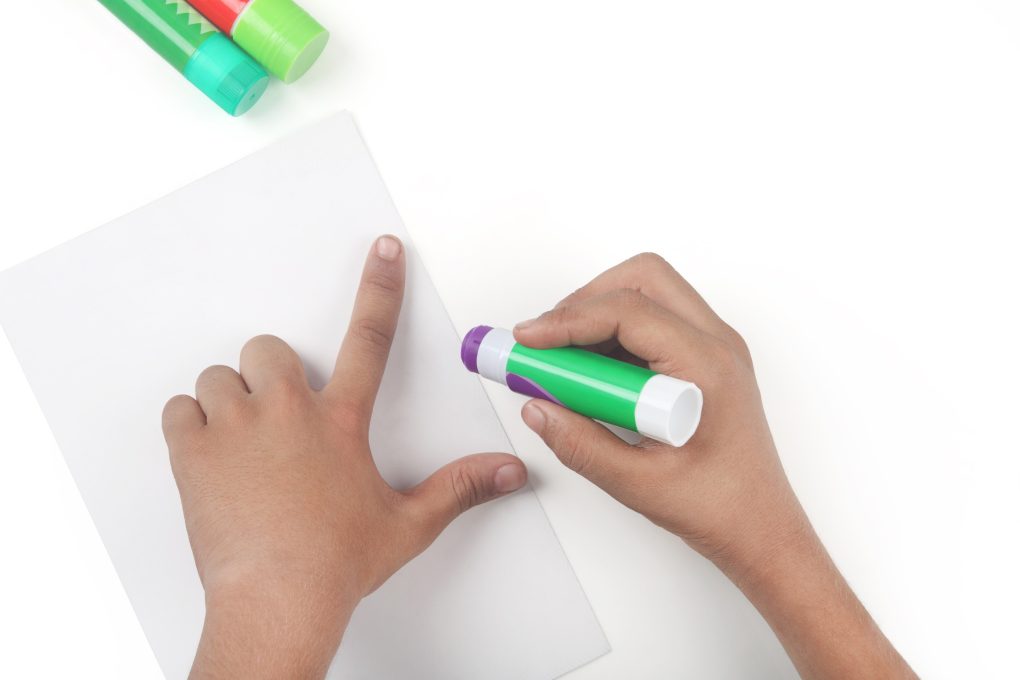Typically, glue sticks last about a year. Their longevity varies based on usage frequency, storage conditions, and air exposure. Unopened glue sticks generally outlast those that are opened and used regularly.

Before using a glue stick, confirm it’s still good. A dried-out glue stick hardens and won’t work. Even sealed, glue sticks eventually dry out. proper storage and checking their age are key.
Factors That Affect Glue Stick Lifespan
Storage Conditions
Extreme heat or cold can alter how well glue sticks work. High heat can soften or melt the glue.This makes it runny and hard to apply smoothly. It can also leak from the container, causing waste and mess.
Conversely,cold conditions can stiffen the adhesive,hindering smooth application. Freezing may even ruin the glue stick entirely. For best results and longevity, keep glue sticks in a cool, dry area, shielded from sunlight and drastic temperature changes.
High humidity can shorten the life of glue sticks. In damp conditions, glue absorbs moisture. This makes it softer and stickier, which is hard to use. It also takes longer to dry, making it less effective as a glue.
Elevated humidity fosters mold and mildew growth.This contamination degrades glue stick performance. Store glue sticks in dry, airtight containers. This prevents moisture absorption and preserves quality.
Leaving glue sticks exposed to air significantly reduces their usability.These adhesives need moisture to work correctly. When left uncapped or unsealed, the glue stick loses moisture. This evaporation leads to hardening and ultimately ruins the glue.
This leads to weaker adhesion and a shorter glue stick lifespan. Always tightly cap or seal the glue stick after use. This prevents air exposure and keeps it moist, ensuring optimal performance.
Glue stick longevity can be shortened by dirt, dust, or othre foreign matter. These contaminants can degrade the glue’s quality and texture. This makes it a less reliable adhesive.

Glue sticks with contamination might show weaker adhesion or reduced stickiness,failing to work correctly. Keeping both the glue stick and the surface you’re gluing clean is crucial. This prevents contamination and ensures the glue stick works its best.
Dropping or mishandling your glue stick can shorten its life. Cracks or dents in the container let air and moisture in. This causes the glue to dry out or harden prematurely.
This can lead to lower performance and a shorter glue stick lifespan. Handle glue sticks carefully. Store them in good containers. This prevents damage and extends their use.
quality of Glue
Premium glue, known for its exceptional bonding power, creates bonds that endure. These bonds resist stress, strain, and weather. inferior glue frequently enough leads to weak, unreliable bonds. A glue stick’s lifespan also depends on its consistency and viscosity, which affect its thickness and flow.
Top-tier glue sticks boast a uniform texture and optimal viscosity. This ensures a seamless, even spread for robust adhesion. Inferior glue, however, often suffers from inconsistent texture or viscosity. This leads to uneven application,clumping,or streaking. Consequently, bonds are weak and less effective.
the adhesive’s quality in glue sticks impacts their shelf life. Shelf life is the time a glue stick remains effective in storage. Superior glue sticks boast extended shelf lives. They contain stable, durable adhesives that maintain performance over time.
Conversely, inferior glue sticks might not last as long. They could break down or lose their stickiness faster. This leads to them being less effective and having a reduced lifespan.

The adhesive quality in glue sticks impacts their resilience to environmental elements like heat, humidity, and UV rays.Superior glue sticks often feature formulations that enhance resistance to these factors. This ensures consistent performance and extends their usability, even in harsh conditions.
Conversely,inferior glue is often vulnerable to environmental stressors. This results in weaker bonds and a decreased lifespan. To maximize performance and longevity, use premium glue sticks tailored to your project. Always adhere to the manufacturer’s guidelines for application and storage.
Opting for premium glue sticks might seem pricier upfront. However,expect enhanced adhesion,quicker drying,and extended usability. This translates to saved time, reduced waste, and better results overall.
Frequency of Use
Frequent use of glue sticks leads to faster glue consumption. This depletes the adhesive, shortening the stick’s lifespan. As the glue diminishes, accessing the remaining glue becomes harder. This results in uneven application and reduced effectiveness.
Every use of a glue stick exposes it to air, affecting its performance and longevity. Air exposure can dry out the glue or cause premature hardening. This reduces its bonding strength and adhesive effectiveness. Frequent air exposure can also make the glue stick harder and more brittle. This makes it less pliable and harder to use.

Using glue sticks often can damage their parts. The twist, cap, and nozzle can wear out. Twisting, capping, and uncapping repeatedly can make these parts break down or stop working well. This affects how easy the glue stick is to use and how long it lasts.Handle and store glue sticks with care to reduce wear and tear from frequent use.
Using glue sticks often might raise the risk of germs spreading. This is because the glue stick can touch different surfaces and materials. How often you use it can also change how long the glue takes to dry or set.
glue sticks usually need drying time to achieve their strongest bond. Regular use might mean longer drying periods between applications. This can lead to weaker bonds and less effective results.
